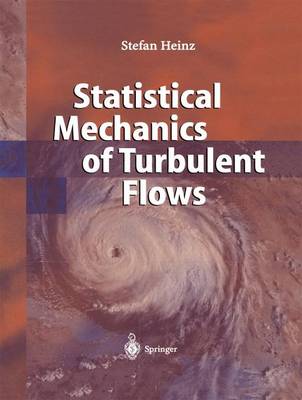The simulation of technological and environmental flows is very important for many industrial developments. A major challenge related to their modeling is to involve the characteristic turbulence that appears in most of these flows. The traditional way to tackle this question is to use deterministic equations where the effects of turbulence are directly parametrized, i. e. , assumed as functions of the variables considered. However, this approach often becomes problematic, in particular if reacting flows have to be simulated. In many cases, it turns out that appropriate approximations for the closure of deterministic equations are simply unavailable. The alternative to the traditional way of modeling turbulence is to construct stochastic models which explain the random nature of turbulence. The application of such models is very attractive: one can overcome the closure problems that are inherent to deterministic methods on the basis of relatively simple and physically consistent models. Thus, from a general point of view, the use of stochastic methods for turbulence simulations seems to be the optimal way to solve most of the problems related to industrial flow simulations. However, it turns out that this is not as simple as it looks at first glance. The first question concerns the numerical solution of stochastic equations for flows of environmental and technological interest. To calculate industrial flows, 3 one often has to consider a number of grid cells that is of the order of 100 .
- ISBN10 3662100231
- ISBN13 9783662100233
- Publish Date 15 January 2014 (first published 4 August 2003)
- Publish Status Withdrawn
- Out of Print 18 October 2014
- Publish Country US
- Imprint Springer
- Format Paperback (US Trade)
- Pages 240
- Language English
